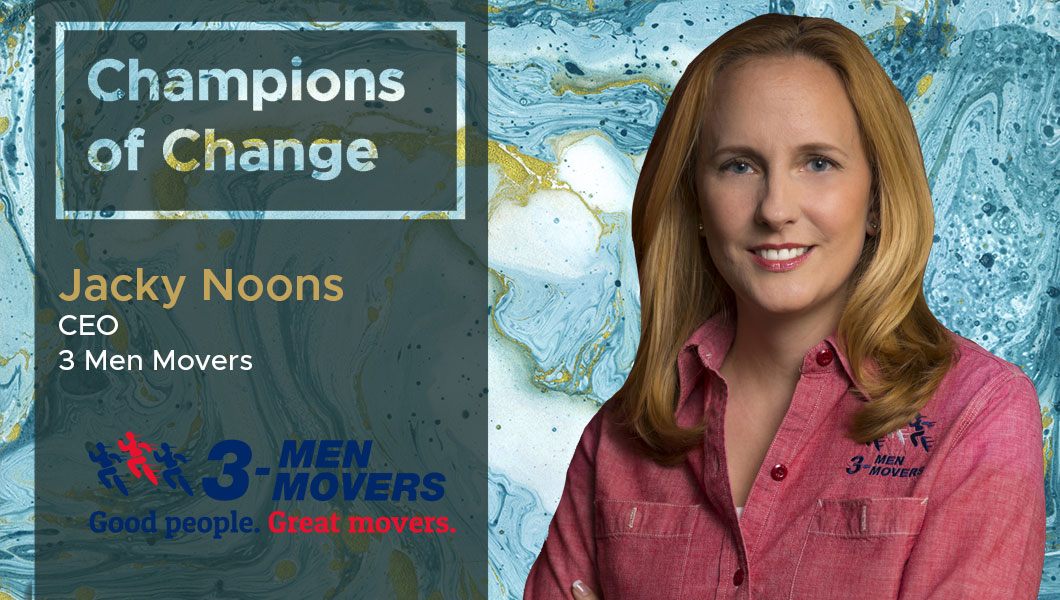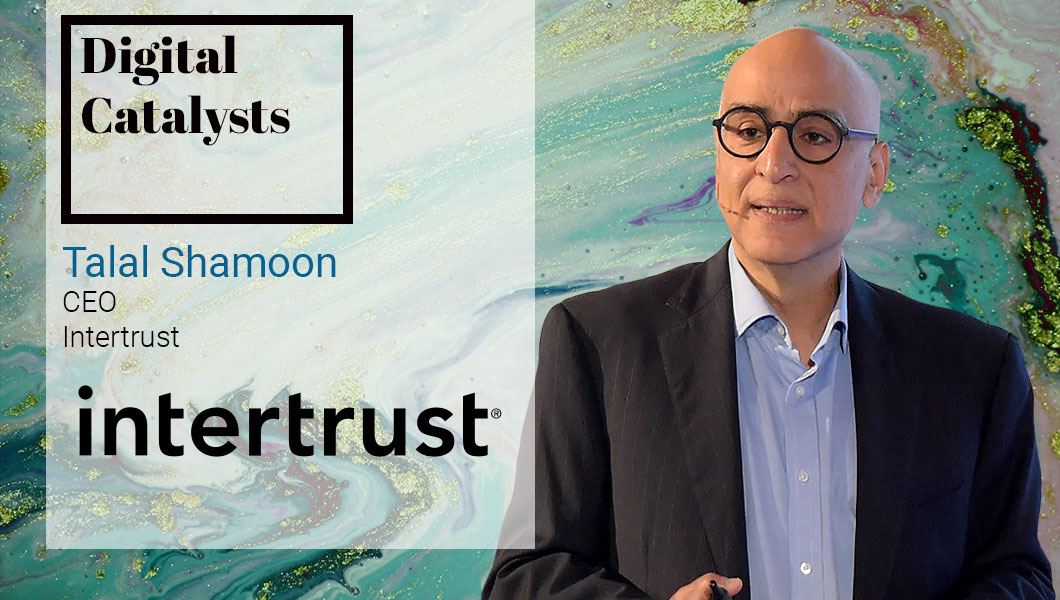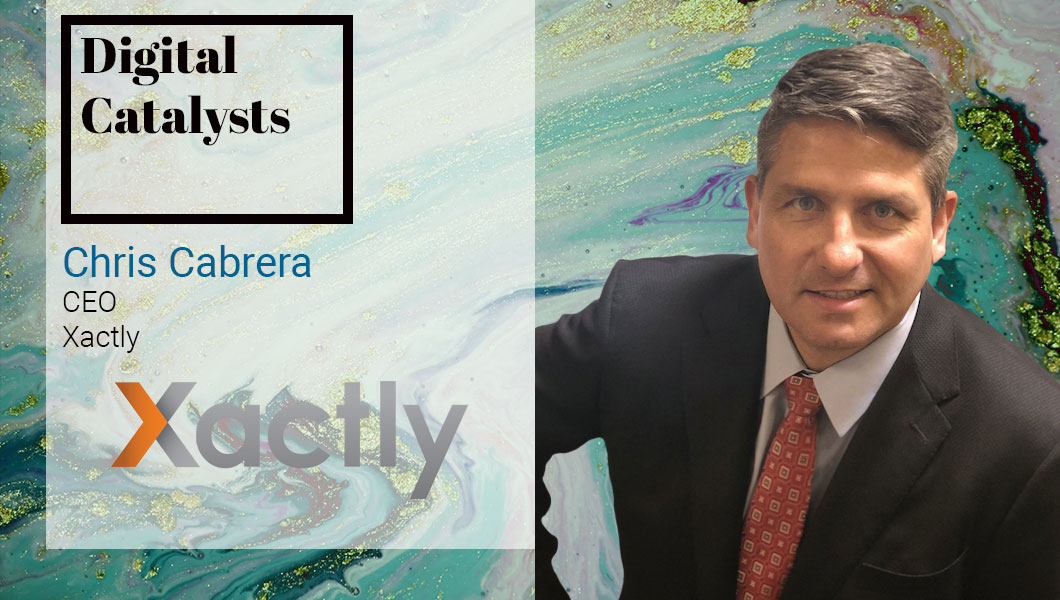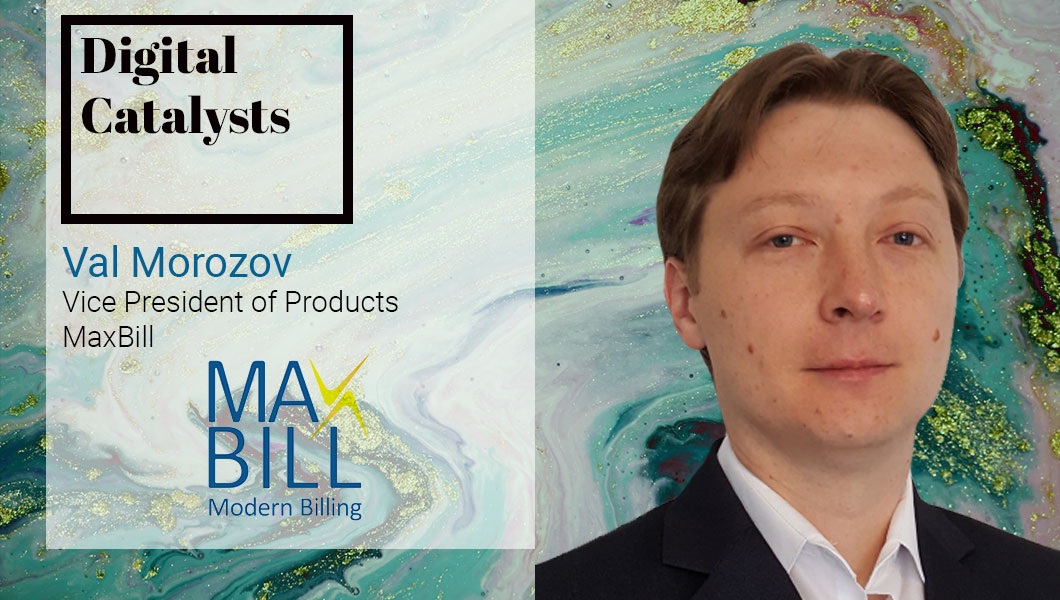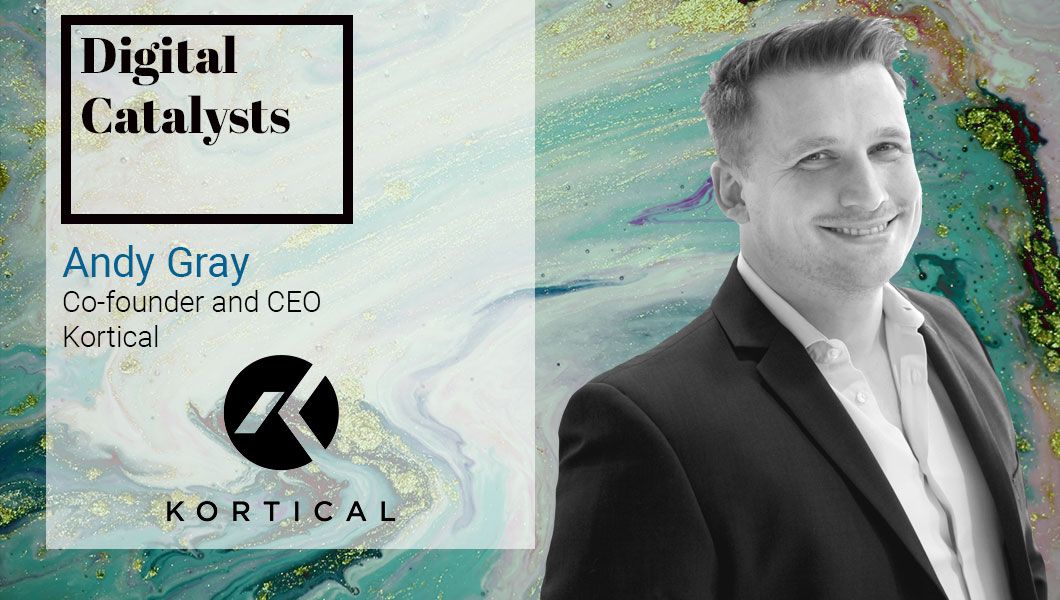Interview with Stacey Epstein, CEO at Zinc
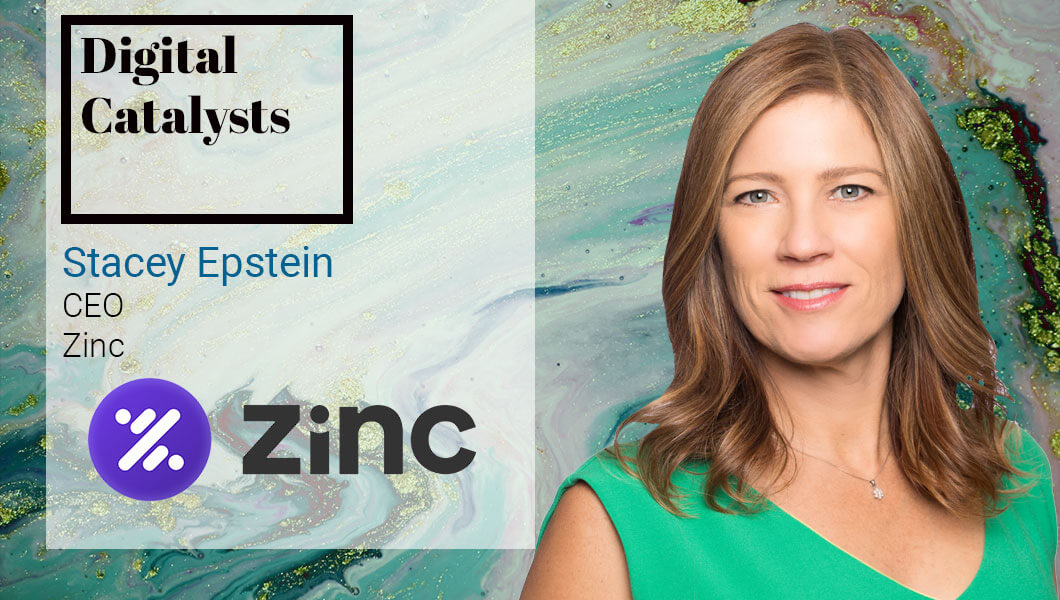
Stacey Epstein, CEO at Zinc discusses their vision to simplify life for the deskless workers, how businesses can steer clear of disconnected employees and decreased efficiency and, why real-time communications are critical for field service organizations. Stacey brings decades of cloud, social, and mobile enterprise technology experience to her role as CEO of Zinc. Prior to Zinc, Stacey was CMO at ServiceMax, acquired by GE in 2017 and VP Global Marketing Communications at SuccessFactors acquired by SAP in 2010. Stacey has also held leadership roles at Oracle, Clarify, and ServiceSource. A BA in English from Emory University, she was a four-time all-conference soccer player. She loves deep steep powder, chasing around her two young daughters, and cheering loudly as her husband coaches basketball. She frequently writes on leadership, innovation, and women in business for various publications
TDE: Tell us about your product/business and your specific role?
Stacey Epstein: I’m the CEO of Zinc, a secure enterprise communication platform that connects deskless teams with their peers and desktop counterparts. Zinc supports any mode of conversation natively on iOS, Android, Mac, Windows, and Chrome.
Features include 1:1 and group messaging, voice and video calling, live streaming push-to-talk, content and location sharing. Broadcasts deliver 1:many urgent alerts or safety messages. Conversation Analytics deliver unparalleled insights to customers, and a public messaging API allows for Contextual Conversations. Zinc also offers unique features like Official and Hotline Groups, which allow mobile workers to connect directly with their experts in call or help centers, and/or to message into different expert managed queues like troubleshooting, product experts, HR, or other support groups.
TDE: What is the core issue your product/technology aims to address and what sets it apart from the other players in the market?
Stacey Epstein: The distinct advantage of Zinc’s all mode communication platform is its award winning and highly intuitive mobile experience. You might be surprised to know that 80% of the workforce is deskless. Field service technicians, utility crews, factory workers, delivery drivers, construction workers, hospitality staff, store clerks, home healthcare providers — deskless workers are all around us and have been for ages. But while office-based desktop workers have seen rapid advancements in technology, with new tools to make their jobs easier cropping up every day, the same isn’t true for deskless workers.
Desk workers have a multitude of business chat apps and collaboration tools to choose from. But deskless workers are resistant to tools that don’t address their specific needs.
Despite technology innovation, most business instant messaging apps apply to limited use-cases or are too complex for the fast-paced needs of frontline workers. Employee frustration leads to lack of adoption, poor communication, or in many cases, the use of non-compliant consumer apps that lack the necessary security and administrative capabilities. The result – Organizations suffer from disconnected employees and decreased efficiency.
The Zinc UX was purpose-built specifically for this “always-mobile” worker, driving not only adoption but also enabling fast and easy enterprise-wide deployment.
TDE: What’s the one industry, sector or role that your technology is most relevant to?
Stacey Epstein: Telecommunications/Cable, Utilities, Manufacturing, Construction, Hospitality. Really any industry with a decent % of deskless workers.
TDE: What are some of the common challenges your customers approach you with?
Stacey Epstein: Zinc addresses some of the most important challenges field-based teams face. For companies like DISH Networks, or Vivint Smarthome, “time-to-service” is everything. As a consumer, when you want your satellite TV, you want it now. When that technician shows up at the door, he faces a zillion different potential issues, as every home, every roof, every wiring set-up is different. If he doesn’t have the knowledge to fix the issue, and can’t get the help from a peer or expert in real-time, no one wins.
If instead, he can perform a quick video call and solve the issue, all the major metrics are impacted. Not only time-to-service, but first-time fix rate, customer satisfaction/NPS, and even employee engagement and retention.
TDE: Using technology to affect transformation usually starts with a transformation of beliefs and mindsets. How do you consult enterprise clients and help them make that important shift in mindset to move ahead on a particular project or implementation?
Stacey Epstein: Great and important question. In a recent survey we conducted with Field Technologies Online of 100 field service leaders in organizations that employ 50 or more field technicians, we gathered insights on how field service organizations are communicating today, how effective they feel these methods are, and to determine the opportunity that exists to enable teams to communicate more efficiently and effectively. Among some of the key findings from the report:
- 90% of survey respondents indicated that real-time communication is either mission-critical (50%) or very important (40%) to their field workers being able to do their jobs effectively.
- 70% of field service organizations surveyed say their visibility into field operations could use improvement.
- 23% of respondents are using consumer messaging apps – i.e. text, WhatsApp, GroupMe, etc. – which pose risks with security and administration.
- More than half of survey respondents (53%) reported that their field workers are only somewhat engaged or even somewhat disengaged. Further, 50% of respondents said that they need to improve upon their methods of enabling field workers to provide feedback to management.
The findings from the report reinforce what we already know.
Real-time communication drives measurable results for field teams, yet deskless workers aren’t armed with easy to use technology built with their unique needs in mind.
Innovative field service organizations who embrace a communication platform built for deskless workers will improve the productivity of their workforce by giving them real-time access to the information and resources they need to get their jobs done. At Zinc, we pride ourselves in providing a frictionless way for field workers to get the knowledge they need in real time.
TDE: Give us an example of an enterprise meeting a digital transformation goal through your product?
Stacey Epstein: Vivint Smart Home is a leading smart home services provider based in Utah that is solving the communication conundrum for thousands of field technicians. Zinc worked with Vivint by rolling out a secure mobile communication platform that has made it easier to relay important information, improve messaging visibility, and provide valuable efficiency and customer service benefits.
According to Vivint’s Brett Barboka, the Zinc platform has contributed to a 50 percent improvement in Vivint employee engagement and a 37 percent reduction in time to service. Additionally, Barboka goes on to say that the Zinc platform offered a number of features that Vivint Smart Home believed would improve its operations. For example, employees can be easily organized into groups or teams using the tool. Urgent or important messages can be separated from day-to-day conversations. The field service team would also have access to functionality that would help them to collaborate more easily.
TDE: What present or upcoming technologies you think have the maximum potential to accelerate enterprise digital transformation?
Stacey Epstein: Zinc’s Hotline Groups is a simple yet efficient way to get instant answers from a group of experts within the company so field teams can complete jobs faster. Hotline Groups was developed in response to a widespread issue among field workers in various industries, Hotline Groups allows teams to bypass the long hold times and email queues that waste valuable time and often lead to return visits, and instead get an immediate and direct line of communication to colleagues who have the right knowledge.
TDE: What’s your go to resource – websites, newsletters, any other – that you use to stay in touch with the explosive changes happening in the digital space?
Stacey Epstein: Every morning on my commute, I read the top business news on my phone, all of the Fortune newsletters, The Skimm, and I look through Twitter and LinkedIn. On the way home I read the NY Times roundup. Don’t worry, I don’t drive, I take BART!
TDE: Read a good book lately on digital transformation that you’d like to recommend to us?
Stacey Epstein: I wish I had more time to read! Someone just recommended High Growth Handbook to me, so that’s next on my list.
For more DX insights follow Stacey Epstein on LinkedIn and Twitter


 By
By 